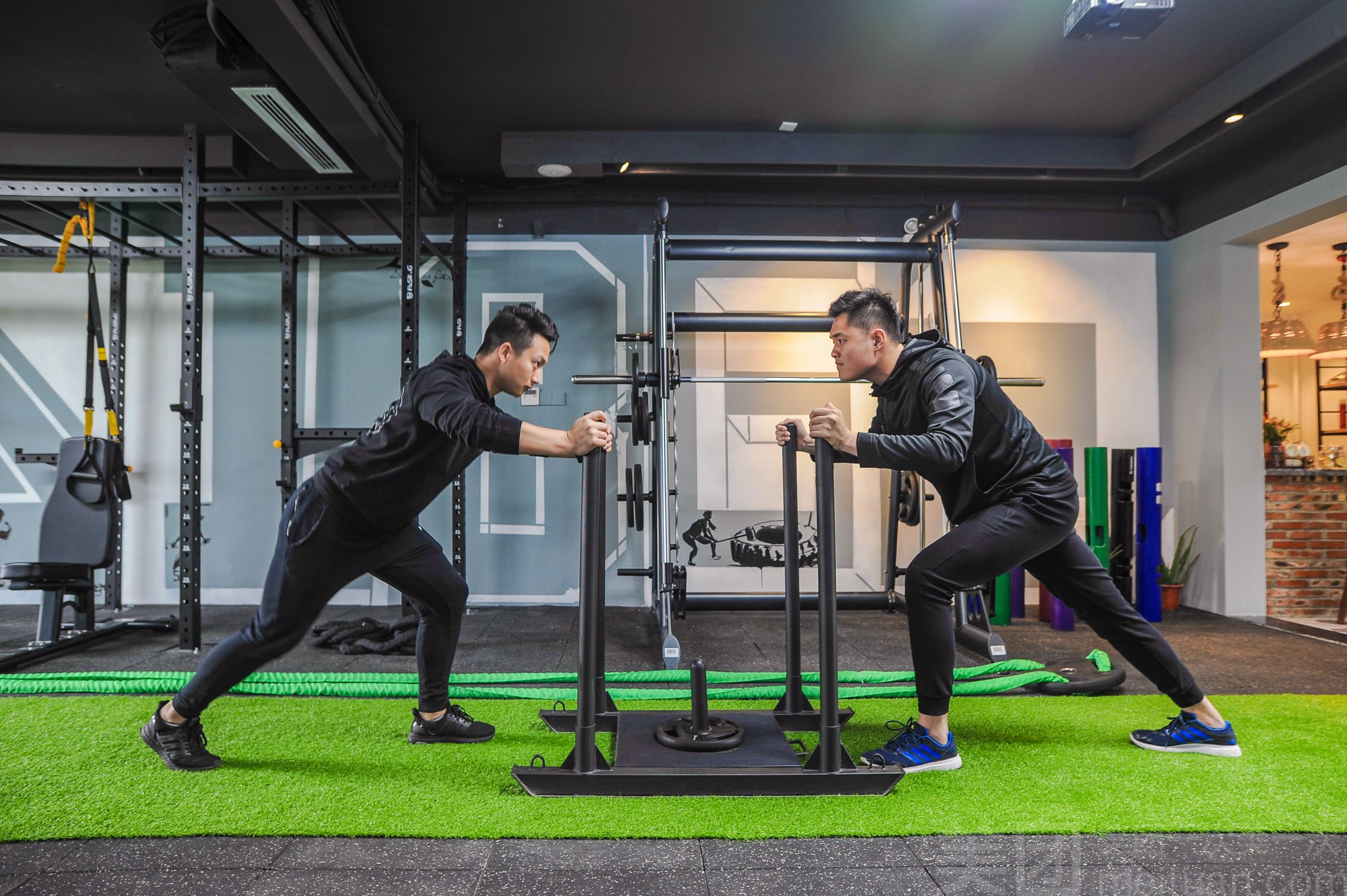What is the most important thing in fitness?

Fitness Exercises Must be Effective
I. Appropriate Exercise Intensity is Key
There are several factors that influence the effectiveness of fitness exercises, but exercise intensity is the most crucial one. Exercise intensity can be observed from three aspects: physical intensity, physiological intensity, and psychological intensity.
Physical intensity refers to the work done or energy expended per unit of time and is commonly measured by speed, weight, or difficulty level. For example, walking at a speed of 4 kilometers per hour has lower physical intensity compared to running at a speed of 6 kilometers per hour. Lifting a 5-kilogram dumbbell has lower physical intensity compared to lifting a 6-kilogram dumbbell. In Tai Chi, practicing low-level stances has higher intensity than practicing high-level stances.
Physiological intensity refers to the magnitude of the body's response to different physical intensities during exercise. It includes factors such as heart rate and respiration. The magnitude of physiological responses varies depending on individual physical fitness. For instance, walking at the same speed of 4 kilometers per hour (physical intensity) may cause an increase in heart rate to over 100 beats per minute and noticeable respiratory rate acceleration in individuals with lower fitness, while individuals with higher fitness may experience only a slight increase in heart rate and almost no change in respiration rate. Physiological intensity also varies within the same individual under different physical conditions. For example, lifting a 5-kilogram weight may feel effortless when in good condition but exhausting when ill or fatigued.
Psychological intensity refers to the individual's perception of exercise intensity. It is commonly expressed as feeling very tired, slightly tired, somewhat relaxed, or relaxed.
The World Health Organization recommends the following exercise intensity for different age groups: children and adolescents aged 5-17 should engage in at least 60 minutes or more of moderate to vigorous-intensity physical activity daily. Adults and older adults should participate in at least 150 minutes of moderate-intensity exercise per week or 75 minutes of vigorous-intensity exercise per week.
Moderate intensity is widely recommended as the suitable intensity for fitness exercises because it optimally stimulates various bodily functions, leading to better adaptation and maximum health benefits. Exercises with too low intensity are ineffective for enhancing physical fitness, while exercises with excessively high intensity may result in exercise injuries.
To determine the appropriate moderate intensity during exercise, physiological and psychological intensities should be considered due to individual differences and variations in physical conditions. Suitable exercise intensity refers to exercising at a level above moderate, where heart rate reaches 110-120 beats per minute, breathing becomes slightly labored (but allows continuous conversation), or a sense of mild fatigue is experienced. Younger individuals can tolerate higher intensity, while older individuals may need lower intensity. However, during the initial stages of starting fitness exercises or when physical condition is poor, the intensity can be lower, while it can be higher when in better condition.
Since physical intensity is relatively straightforward, it is commonly used to represent exercise intensity in fitness exercise plans. For example, running at a speed of 6 kilometers per hour or lifting a 5-kilogram dumbbell. These intensities are considered as the preset physical intensity. Then, physiological and psychological intensities are observed or measured. If the intensities are too low, the physical intensity is increased, and if they are too high, the physical intensity is decreased. The first step is to preset a physical intensity based on the assessment of the individual's exercise capacity and habits. The second step involves implementing fitness exercises and monitoring physiological and psychological intensities. The third step involves adjusting the physical intensity based on the goals of the fitness exercises.
Low-intensity exercises, such as walking, although not specifically recommended by the World Health Organization, are suitable choices for individuals who are just starting their fitness journey. Additionally, during illness, poor physical condition, or fatigue, engaging in low-intensity exercises is advisable.
II. Adequate Time and Frequency
Exercise intensity, along with exercise time and frequency, determines the overall volume of exercise. Exercise time is typically expressed in minutes or hours, while exercise frequency is represented by the number of sessions per week. Children and adolescents should have a daily exercise time of at least 60 minutes and a frequency of 7 days per week. Adults should engage in at least 30 minutes of exercise per day with a frequency of 5 days per week. Additionally, children and adolescents should have at least 3 sessions of vigorous-intensity exercise per week, which includes activities that strengthen muscles and bones. Adults and older adults should have at least 2 sessions of muscle-strengthening activities involving major muscle groups per week. Older adults should engage in at least 3 sessions of activities aimed at improving balance and preventing falls. These recommendations for exercise time and frequency are suitable for general fitness enthusiasts.
III. Appropriate Exercise Selection
There are various methods to classify exercise programs, such as based on the primary impact on bodily functions, which includes cardiovascular endurance exercises, strength exercises, balance-enhancing exercises, etc. When engaging in fitness exercises, selecting suitable exercise programs that align with personal preferences helps individuals achieve their fitness goals more effectively and sustainably.
Regarding the effectiveness of fitness exercises, there is a saying in the field of exercise science: "If there were a secret that could keep you free from diseases, make you live longer, and had no side effects, you would be willing to spend a lot of money to obtain it. In fact, such a secret exists and does not require spending a lot of money—it is simply adhering to moderate-intensity fitness exercises for at least 30 minutes, three times a week."
Please indicate the address of this article for reprint https://www.sportshealthprogram.com/faq/202307596.html













